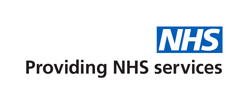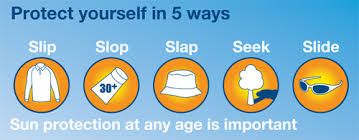As the weather warms up, we want to remind patients the important of Suncream and UV safety, below we have included some advice from the NHS Live Well
Sun safety tips
Spend time in the shade when the sun is strongest. In the UK, this is between 11am and 3pm from March to October.
Make sure you:
- spend time in the shade between 11am and 3pm
- make sure you never burn
- cover up with suitable clothing and sunglasses
- take extra care with children
- use at least factor 30 sunscreen
What factor sunscreen (SPF) should I use?
Do not rely on sunscreen alone to protect yourself from the sun. Wear suitable clothing and spend time in the shade when the sun’s at its hottest.
When buying sunscreen, the label should have:
- a sun protection factor (SPF) of at least 30 to protect against UVB
- at least 4-star UVA protection
UVA protection can also be indicated by the letters “UVA” in a circle, which indicates that it meets the EU standard.
Make sure the sunscreen is not past its expiry date. Most sunscreens have a shelf life of 2 to 3 years.
Do not spend any longer in the sun than you would without sunscreen.
What are the SPF and star rating?
The sun protection factor, or SPF, is a measure of the amount of ultraviolet B radiation (UVB) protection.
SPFs are rated on a scale of 2 to 50+ based on the level of protection they offer, with 50+ offering the strongest form of UVB protection.
The star rating measures the amount of ultraviolet A radiation (UVA) protection. You should see a star rating of up to 5 stars on UK sunscreens. The higher the star rating, the better.
The letters “UVA” inside a circle is a European marking. This means the UVA protection is at least a third of the SPF value and meets EU recommendations.
Sunscreens that offer both UVA and UVB protection are sometimes called broad spectrum.

